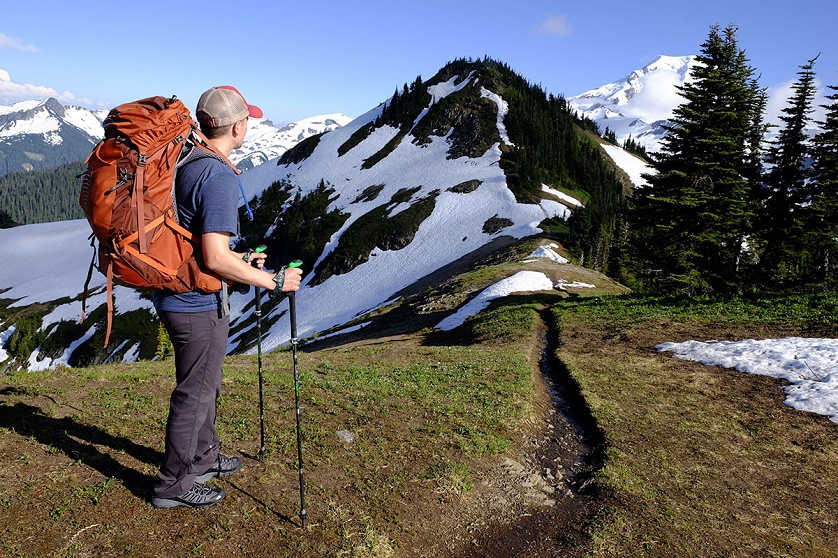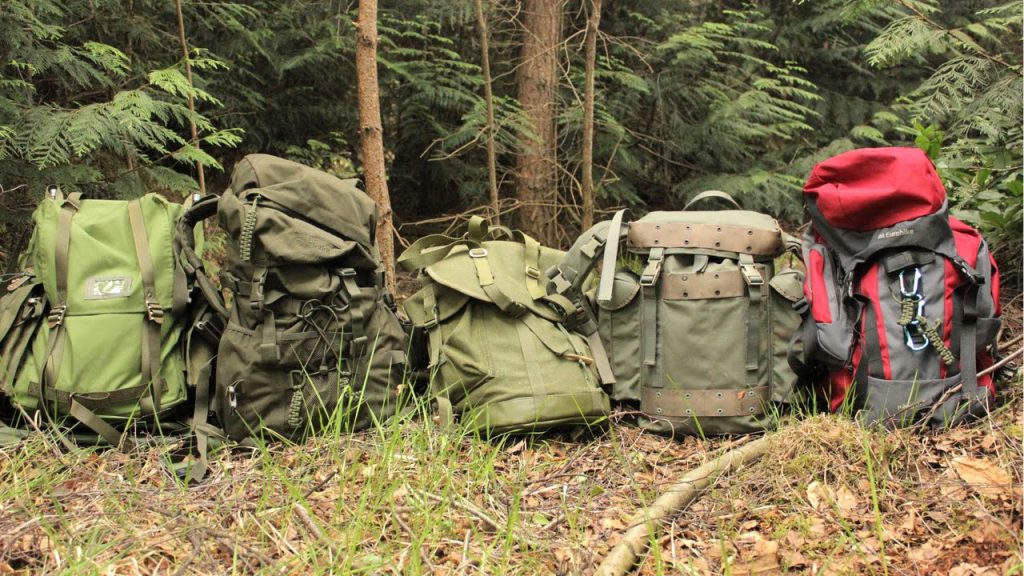When it comes to breath-taking hiking/camping destinations, nothing beats Australia. No matter in which part of the country you live, there are lots of places you can visit and explore, regardless of whether you’d prefer to go for an intense hike or a leisurely walk. Well, precisely this is one of the main reasons why the travel and tourism industry in Australia is developed to such great extent, but exploring all of its natural beauty would be impossible without having the right camping bags, backpacks being the leading ones.
Picking the right type of backpack is an important part of preparing for your trip as that’s where you’ll fit in all your daily necessities. There are three main aspects that are most worthy of your attention.
Style Matters
Although the colour and the overall style of the backpack will matter to you, what’s more important is whether it features an internal or external frame, the first one being the more popular. Generally speaking, the internal frame models of backpack camping bags are designed for carrying heavier loads and are great for any type of more dynamic activities like hiking, climbing, skiing, or bushwalking. Usually, they also have a large integral bottom compartment where you can place your sleeping bag which is great for keeping it dry and clean, especially in rainy conditions. As an addition, some internal frame backpacks have compression straps the purpose of which is to compress the backpack when not fully loaded which is of vital importance for preventing load shift.
Unlike internal frame backpacks, which are narrower and have a close fitting which facilitates the weight transfer to the hip area, the external ones are better for walking on trails as the backpack is positioned farther away from your back. External frame backpacks are known for their external pockets, but they are not suitable for bad weather conditions as all of your stuff can get wet and dirty if not protected or covered.
Size, Even More So
The most commonly chosen size is 50 – 80 (for longer trips), otherwise you should choose a smaller version. However, bigger ones can also be used for smaller adventures, just make sure you do not fill it to its full capacity and always use the aforementioned compression straps in order to avoid load shift. Daypacks are also an option as they can be wrapped comfortably around your shoulders without putting weight on your back or hips.

Durability Above All
The two things most prone to wear and tear are the backpack’s zippers and straps, thus choosing double sticking, strong buckles and quality metal zippers is a must. Another sign of a good backpack or any other type of camping bag is a good ventilation system or netting that can prevent sweating on the lower back area while carrying it. Regarding the material, waterproof ones are usually used for long, multi-day hikes, otherwise, you can choose any lightweight material. Treated nylon fibre is a good option for instance as it cannot get wet that easily.












